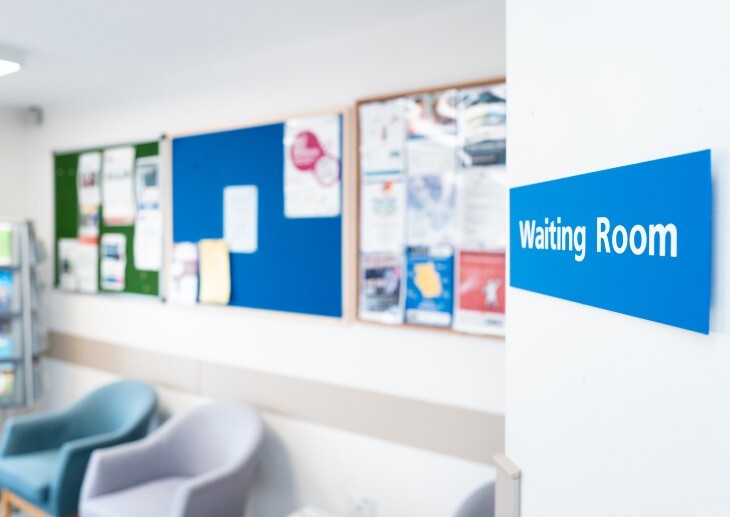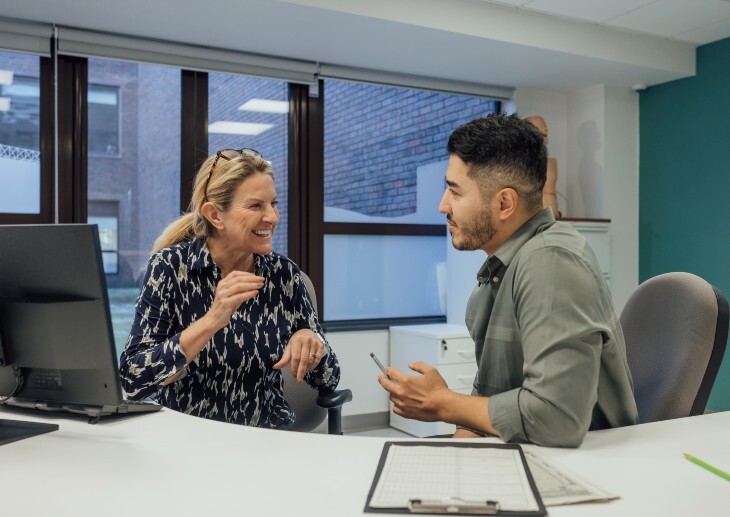Community pharmacies and GP premises could both be commissioned for public health services, a new report on patient access revealed.
At present, the current waiting time for a non-urgent GP appointment is approximately nine days and this figure is expected to increase further in the coming years. Previous research also suggests that for some services, due to the ease of access, community pharmacy is the preferred location.
Community pharmacies and GP premises could both be commissioned for public health services, a new report on patient access revealed.
At present, the current waiting time for a non-urgent GP appointment is approximately nine days and this figure is expected to increase further in the coming years. Previous research also suggests that for some services, due to the ease of access, community pharmacy is the preferred location.
In terms of developing services, GP premises and community pharmacies are commissioned – either nationally or locally – to provide public health services, but the report suggests more integration of these two could be helpful to patients. One example given is the administration of influenza vaccinations whereby GPs and community pharmacists both offer vaccinations to ‘high risk’ groups.
The report, titled Access all Areas? An area-level analysis of accessibility to General Practice and Community Pharmacy services in England by urbanity and social deprivationsaid: “Due to the differences in accessibility – particularly considering deprivation and urbanity – community pharmacies and GP premises could both be used to deliver public health services.”
It found that 84.8% of the population is estimated to live within 20 minutes walk of a GP premises: 81.2% in the most affluent areas, 98.2% in the most deprived areas, 94.2% in urban and 19.4% in rural areas. This is consistently lower when compared to the population living within 20 minutes walk of a community pharmacy.
“Commissioning of these services – particularly those in community pharmacies – has been challenging in some areas,” the report said.
There was also a significant non-linear association between deprivation and access, as the least deprived and most deprived households have more access to a GP premises than the households in the middle of the deprivation range.
The report is titled Access all Areas? An area-level analysis of accessibility to General Practice and Community Pharmacy services in England by urbanity and social deprivation, by Adam Todd, Alison Copeland, Andy Husband, Adetayo Kasim and Clare Bambra.





